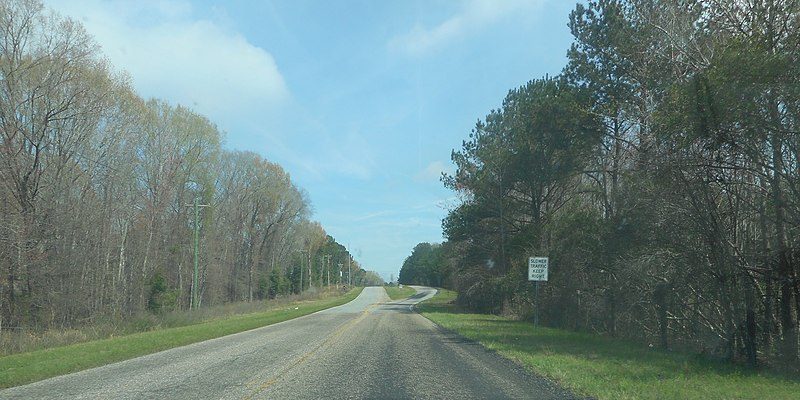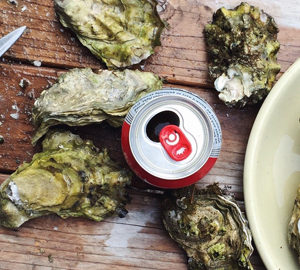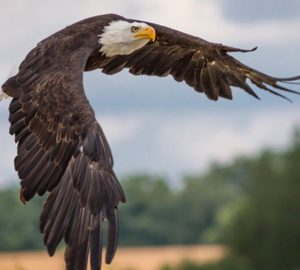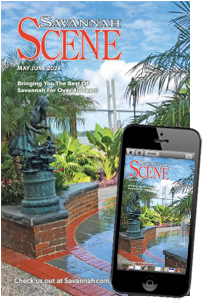Follow the Revolutionary War path of Dr. Uzal Johnson as he traveled the Lowcountry.
The Lowcountry Revolutionary Trail winds through Beaufort, Colleton, Hampton and Jasper Counties. It follows the path of Dr. Uzal Johnson of the New Jersey Volunteers during the Revolutionary War.
Dr. Johnson, a loyal American volunteer spent time in the Lowcountry during the spring of 1780. He witnessed skirmishes at Ft. Balfour, Saltketcher’s Bridge, McPherson’s Plantation, and the Battle of Coosawhatchie. You can retrace his footsteps and see what remains of the sites.

Start your Lowcountry Revolutionary War journey at Frampton Plantation House gazebo.
Located behind the house, the gazebo contains a map of the sites and information about the trail. Come inside the visitors center if you have any questions, or need directions. We will be happy to help you with this journey. Frampton Plantation House is located behind the Marathon Gas Station in Point South 698 Kings Highway (Hwy. 17).
The first stop is the location of the Battle of Coosawhatchie (Hwy. 17 at the Coosawhatchie River bridge). On May 3, 1774 Lt. Col. John Laurens and 250 men were on a slight rise near the bridge at Coosawhatchie. They were guarding the road against the expected assault by about 2,400 British soldiers from Savannah. Against orders, Laurens and his men crossed the river and formed a line for battle. With many of the soldiers and Laurens himself wounded, they fell back to the Tullifinny River, about two miles east.
Look for the Lowcountry Revolutionary War Trail marker on the eastern side of Highway 17 near the Coosawhatchie River bridge, and in front of the Second African Baptist Church, 6904 W. Frontage Rd.(Hwy 17).
The sign bears an excerpt from Dr. Johnson’s journal stating, “Despite the defeat at Port Royal Island, General Prevost was determined to make a second attempt to capture Charleston. Instead of a small detachment of 150 men, this time he crossed the Savannah River with 2,400 British regulars, and once again, William Moultrie stood in his way. This time, however, Moultrie was outnumbered 2 to 1. He determined to make a stand on a slight ridge at the Tullifiny River, about 2 miles east of the Coosawhatchie River, where he left about 200 men to guard the crossing and warn him of the Redcoats arrival. As the enemy drew near, Moultrie was about to send as aide to pull these troops back to the main force when Col. John Laurens offered to lead them back.
Moultrie had so much confidence in the officer that he sent along 250 men to help cover the flanks. In direct disobedience of orders Laurens crossed the river and formed the men in line for battle. He failed to take the high ground and his men suffered greatly from well placed enemy fire. Laurens himself was wounded, and his second in command fell back to the main force at the Tullifinny, where Moultrie was compelled to retreat towards Charleston.” Excerpt from South Carolina’s Revolutionary War Battlefields A Tour Guide.
From here, Dr. Johnson headed down the Lowcountry Revolutionary Trail to the home of Isaac McPherson.
British soldiers occupied the McPherson Plantation March 14-17 while trying to track down 50 Americans on horseback. During the occupation, the British engaged in what they thought was a skirmish with the Americans. They were mistaken and attacked their own troops instead.
The historical marker is located beside the Sheldon Chapel, 25481 Pocotaligo Rd. in McPhersonville. It reads, “Tuesday 14th March 1780 – At four o’clock in the afternoon, Col. Ferguson and part of the American Volunteers and twenty men in the British Legion proceeded nine miles to McPherson’s Plantation. We got to Isaac McPherson’s at nine o’clock. Fifty Rebels on horseback had just left this and gone to John McPherson’s. A party of ours pursued them but could not overtake them.
The British left McPherson’s Plantation on March 18, 1780 and marched to the crossing of the Saltketcher (now the Salkehatchie) River.
80 American militiamen met them and tried to prevent their crossing. The British Light Infantry crossed the river below this spot and came up behind the Americans. A captain and 16 privates were bayoneted to death by the British, who then spent the night at nearby Ogilvy’s Plantation.
The historic sign is located at the boat ramp on Hwy 17-A on the Salkehatchie River, just outside Yemassee. It states, “Saturday 18th March 1780 – Got in motion eight o’clock in the morning and marched ten miles to the Saltketcher. Major Lordson with eighty militiamen placed themselves on the north side of the river to oppose our crossing. They were opposed by the British Legion returning their fire at a place where the bridge formerly stood. The light Infantry and remainder of the Legion crossed the river below and came in their rear. A Capt. Mills. Sixteen privates of the (Revolutionary) Rebels were killed, four badly wounded and one made prisoner.
In the fall of 1780, the British built an earth and palisade fort to maintain control of Beaufort and protect the King’s Highway (Hwy 17) between Savannah and Charleston.
Ft. Balfour was built at the key crossroad at Pocotaligo and named for the British commander of occupied Charleston. In April of 1781 Col. William Harden was detached from Gen. Francis Marion’s Brigade with 100 men. On April 14 Harden convinced old friends from Beaufort who were in command of Ft. Balfour that he had more troops than he did and that they should surrender. They believed him and did. Learning that British soldiers were on the way from Charleston, Harden and his men burned the garrison.
No one is sure of the fort’s exact location. bThe marker is places alongside the marsh of the Pocotaligo River at 2 Trask Parkway. It reads, “In order to maintain control of the Beaufort District and protect communications on the King’s Highway, an earth and palisade fort was built on the high ground between Coosawhatchie and Pocotaligo bridges: the strategic crossroads of the Southern Parishes.
Locating these historic spots and reading the journal entries of Dr. Johnson gives visitors the chance to reflect on how intensely our forefathers fought for the freedoms that we enjoy today. Let your gaze wander the landscape where these brave men engaged in battle and fought valiantly to protect us.
Source: https://southcarolinalowcountry.com/lowcountry-revolutionary-trail/.




